tl;dr: It’s a waste of money at even $35
When the Indian Government announced the $35 Android tablet, the Aakash, last year, heads turned. And although just about everyone expected it to be pretty bad, there were a few review reviews that said it’s not too shabby (*cough* Gadget Guru *cough*).
I got a chance to play with it today at Startup Weekend Edu in New Delhi, and if there’s anyone on the fence about buying this, I’ve just got one thing to say: DON’T. The tablet offers absolutely nothing. I won’t even use it if I’m paid to do so, and I can’t understand why the Government would waste taxpayer money to subsidize this.
The Aakash is the worst thing that could happen to education. I am a huge believer in the benefits tablets can bring to students, but this is not going to generate any interest in kids in their coursework.
The cons? It’s ridiculously slow, the resistive touch is horrendous (even worse than other resistive touch-screens I’ve used, such as that on the Nokia 5500) and a clunky home screen button, which is the only hardware button other the one for power.
The pros? Nothing at all. The fifteen minutes I got with it felt like a punishment. And considering the delivery delays, I would never suggest giving the sequel a try, either. Even the most outdated syllabus, with a boring text book and an even worse teacher would do more for education than this.
Comparison photos below are with a Samsung Galaxy Tab 10.1

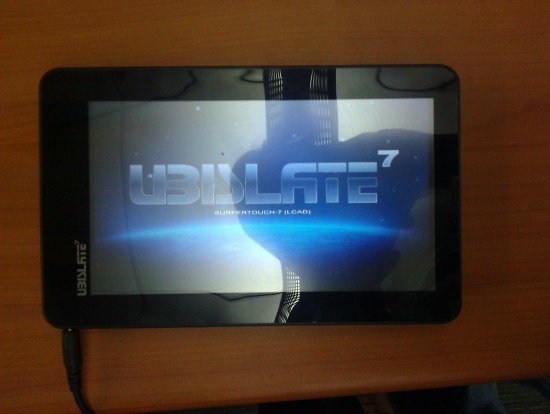
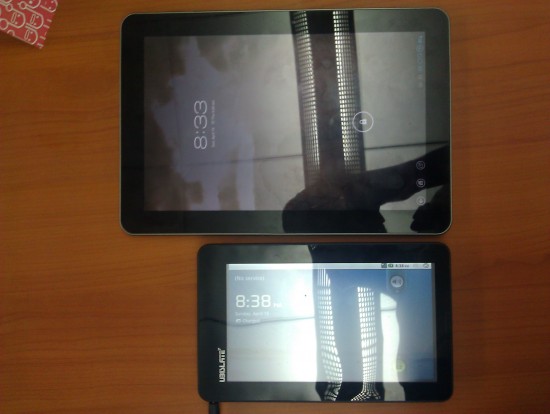
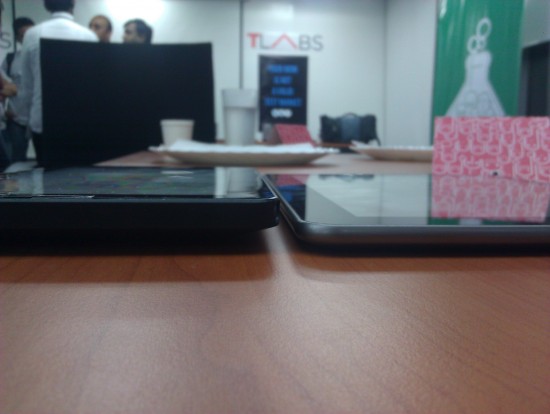

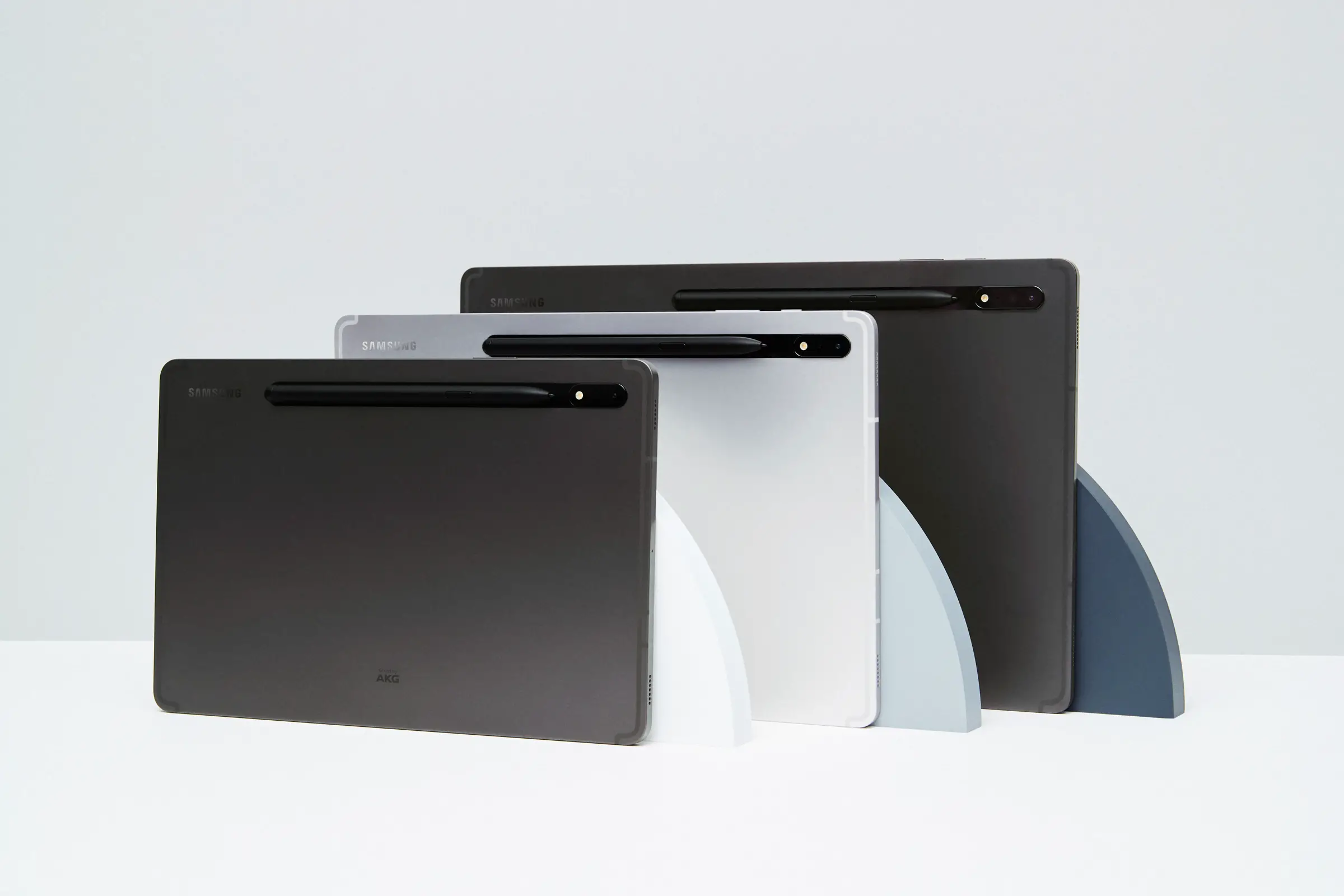

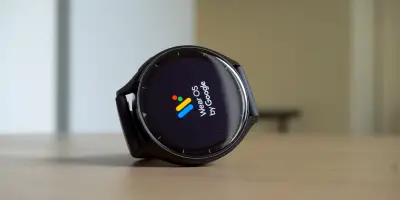

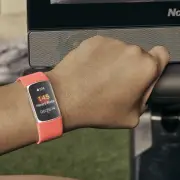
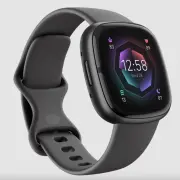


Its 35 dollars for a reason i guess.. loving the mass effect masthead
All I can say is of course it’s not even a passable tablet compared to what we are used to, it’s $35 and aimed at getting the poor in a very poor country access to educational materials and the internet, these tablets should be viewed as such and it’s a good thing for the people in India.
india is not poor ,,mind your words
Nah… They just don’t like money….
ROFL, you don’t have to be rude.
http://en.m.wikipedia.org/wiki/Poverty_in_India
Yes , you are right with ONLY 387000 BPL families (ie earning less than 560 a MONTH), india is not a poor country, in the eyes of the clueless middle income + families. As for the slate, even though i beleive the slate in its current form is S***, it would be interesting to see what the open source community can do with it. I have seen them doing some miracles :-)
Like I mentioned above, it doesn’t offer quality for even $35. I understand it’s purpose, I’m not blind to it. But there are a couple of things that need to be understood: the Aakash has strangely, mostly been touted to engineering students. And even if the final plan is to take it to the villages and to the weaker sections of the society, the Aakash will not bring about any improvement in educational engagement. The tablet is horrendously slow to the degree that, more often than not, your going to press something and then going to wait for a significant amount of time for the action to be performed (including something as rudimentary as opening the drawer).
There are several other ways that access to education material can be provided for the cost.
Let me ask you a practical question. Can it play angry birds? If it can’t even play a basic game like that, I would say this is fraud and they should be prosecuted.
But I agree with you in that if it doesn’t serve the purpose in which it was made for, it is a failure.
it was planned to spread this tab free of cost to students but they made it to public to with $35 price
It can. I did run it. But by playing I mean a wait of about a couple of minutes in the loading screen. I didn’t bother to open the gameplay, since it was just behaving way too awfully.
it’s $35 bucks though…. the screen costs more than that it’s a good deal for what it is
Does buying a screen help in any sort of way, if what it displays is pure unusable?
no but they made a functional product and sold it for $35… you get what you pay for, if this is ALL that someone can afford and they own NO technology whatsoever, it’s a great start! im pretty sure that is what they are aiming for here… $35 is practically nothing so this is a good deal, thats all i’m saying
when the cost is only $35 the only thing you should be comparing it to is a brick… is it better than a brick? does it atleast work? -yes… okay then its a success i don’t expect anyone who isn’t DIRT poor to buy this and neither do the manufacturers
There is a second question to this, though. The device actually costs the Indian Government $50. The Government then subsidizes it by selling it for $35. Basically, $15 for every tablet is being paid by the taxpayer. Should taxpayer money be used to give bricks to students? I don’t think it promotes education in any manner, because it’s going to take forever to switch pages, or to type a document or anything of the sort.
Really, believe me when I say this device is unusable for its intended purpose. I completely understand the argument of “you get what you pay for” but the Aakash is supposed to be a device to assist in education. But, in its current form, it just cannot.
in response to your last reply, if it’s all the government can afford then i still think it’s a good move… you said it’ll take forever to switch pages, but at least it will switch pages. i don’t think it matters if it takes 5 minutes to load a web page as long as it loads, the internet used to be like that for EVERYBODY… this tablet doesn’t seem to be replacing anything esential in the education program but instead simply adding to it, in which case can’t be a bad thing, even if its slow as hell
Again, it’s touted to engineering college students more than the rural population. These college students have access to the internet.
If this tablet was available only to those who were below or near the poverty line, I would have given them credit for taking technology to a section of society that might not have otherwise ever seen it. I’d go as far as to say give it for free to schools that are built to cater to these kids.
Dude, why don’t you just upload a short video of the device..
Some of the youtube videos show that the device can actually play games, most apps and even HD videos at decent quality
You seem to be correct about it being pretty slow but too bad to even give the upgraded version a try (at the same cost), seems slightly negative
>strangely, mostly been touted to engineering students
I would then challenge the CS, EE, ME, etc students to find ways to make it usable.
Port CM or whatever to it. Heck, Android 2.1 if it makes it faster.
Change/modify the touchscreen. Etc.
Analyze and learn from the mistakes and design a successor.
Almost nothing is impossible with sufficient ingenuity. Challenges are great for education.
You don’t think India is poor because you’re from there. Spend a DAY in the U.S.
oh yes and u know your’s microsoft has more indians working than yours
Considering that India is one of the few countries which is actually able to balance their budget (surplus in fact) and still feed every person, subsidize agriculture, education and gas; it all comes down to sustainability. Anyone can borrow shitloads of money and call themselves rich.*cough* $14 trillion debt *cough*. …and before you pull that on me I live in Dubai, one of the richest cities in the world and I have been to the US AND India plenty.
“feed every person” ??? right… have you seen the poverty in india?
By feed every person I mean there is a system in place to make sure people who cannot afford food can get it for free. Poverty does not mean hunger. And even if this system is not 100% effective this point was made towards the fact that the government can afford to do it as opposed to many first world countries. You would be surprised at hunger statistics in even America, one study put it at 1 in 8 American children dont get enough food every night. Just google poverty in America, plenty of studys. Obviously I dont mean poverty is worse in the U.S, just showing you that everything isnt always black and white.
1 out of 8 is probably because our youth is so dang fat and I would agree with you there. Much of my childhood was spent playing outside. even with video games like the snes and playstation 1. The only the pc was good for was typing and checking email.
Do you even know how the “1 in 8 American children” don’t get enough food study works? The Government agent asks the kid if they’ve ever been hungry during any point in time at night, if the kid answered yes, then they are a part of that statistic. It’s garbage.
The ignorance of this statement is hilarious. Educate yourself about the debt. Based on what you said here, you literally don’t have a clue.
India runs one of the highest budget deficits in the world at $5.6% of GDP. It will need to borrow over a $100 billion this year just to meet its gigantic budget deficit. Wall Street Journal has run a 6 part series documenting the hunger deaths in rural India. If you can stomach it watch the emaciated tribal’s who are just skin hanging on bones. US government has a debt, that is different from the fortune 500 companies who are raking in the money. Just Apple has over $100 billion sitting in its account as free cash. US still has the most number of millionaires in the world. US may not be growing as fast as the developing world, but it will continue to have far higher living standards than India and China. BTW, I avoid a stop over anywhere in the middle east when flying to China or India. I prefer Europe or Japan. That says something. And finally India is not subsidizing gas for its citizens, it subsidizes Oil India and Air-India and other loss making government companies not the poor. A better subsidy would be to remove the yoke of the public sector from the citizens and pay them directly.
I never figured to be a success story unlike the “one laptop per child” program. Honestly, I think we have a better future in affordable digital education with Intel’s new Studybook.
Root and o/c that a8? Could it be decent?
Right now I’m both a student at university and a teacher at a private academy, in a developed country (Spain). All of our university notes are in the Virtual Campus, and at the academy we make quite a big deal about emailing stuff to students rather than printing and such things. Everybody has a laptop, nearly everybody has a smartphone, and quite a few people have tablets. So we’re way more prepared than India to make the leap to a digital education. The hard truth:
-100% of the students at both the academy and the university use pen and paper. And I really mean everybody. If somebody comes without pen and paper, he’s not a student, he’s someone who will spend the class vegetating. I’ve tried replacing pen with my laptop and it’s an exercise in masochism (try writing an equation in Google Docs, the class will finish before you’re done typing).
-Nobody brings his laptop or tablet to the academy. Perhaps this is because the tablet is essentially useless when you have to *write* on the notes you’re given, and the laptop is incredibly awkward in a class of six people. (I teach English so a big emphasis is put on conversation during classes).
-About 2% of the students bring either a laptop or a tablet to the college class. That means that on any given day, among 80 students in class, there will probably be one who has a tablet or laptop. And if he’s honest, he could do just fine without it.
This facts really speaks bemols: as I said, everybody in my class has a laptop, and many students have a tablet too. But they don’t bother bringing it to class. All they can do with a tablet is *reading* the same slides that the teacher is showing. Yeah, with a tablet you can read more carefully and jump between slides, but that’s it. I can do that with my phone, thank you very much. And with the laptop, you can both read and write, but ultimately, writing with a keyboard is essentially useless for most of the educational stuff. And virtual keyboards are even worse. The teacher, the whiteboard, the slides and your mind aren’t going to stay within the limits of what your keyboard can do.
There’s a reason why every invention anecdote begins with “I scribbled my ideas on a napkin/sheet of paper/whiteboard/whatever”. The free flow of ink on an unrestricted surface is just better at organizing thoughts and information. You really need a pen!
There is definitely a place for technology in education, but it’s not like parachuting gadgets on the intended targets is going to magically help them. By the way, I’m a Galaxy Note user, and I actually think the pen (especially in the yet to be released 10.1 version, or better yet in an even bigger version) is really useful for some things. Hell, I use an app called Papyrus every day. With time, digital pens could become ubiquitous and replace real pen and paper. And then, tablets wouldn’t be a waste of money for education.
But it’s going to take a long time. The technology simply isn’t there yet.
yes… I am an engineering student… no one takes notes on laptops.. too much math.
What else do you expect for $35?? Lmao!
I read an article in the Economist about the Peru government having spent millions of dollars to give every school kid access to tablets. Math and Science scores went down. The teachers were never trained on innovative ways to enhance learning. The outcome was they still wrote on the boards and the bored kids instead of taking notes on paper used the tablets. Bottom line, technology can only be effective if it can enhance learning outcomes. In the case of Akash, the author is using the iPad or a Samsung Tablet as a standard for comparison. Remember the people who will use it have never seen an iPad and so for them accessing the internet however slow is a great outcome. Poor kids and Rich kids can be equally thrilled with their own toys, cost is never an issue. Kids are very creative, much more than adults give them credit for.
The teachers should have taught them to take pictures of the blackboards, or better yet, the teachers should take pictures of blackboard and share to his students for notes. Homework should also be delivered in form of photos of homework done.
This is a BIG point and something the author has missed completely!! The kids have never seen a tablet that is fast. This will be like heaven to them. I understand that the author can’t put himself in their shoes, it’s hard to do but he should have tried.
They’re probably better off buying Novo 7 Paladin from China for $100.
I love how this thread starts out as an article about a lame slate and then suddenly turns into a mudslinging match about which country manages its finances better X-D.
Nook tablets are under $100 when you buy them used. I think the Indian government needs to look in that direction instead of trying to subsidize junk.
I knew this tablet would be a piece of shit, Sibal’s decisions, of any sort, are just ridiculous, there’s no other word for it.